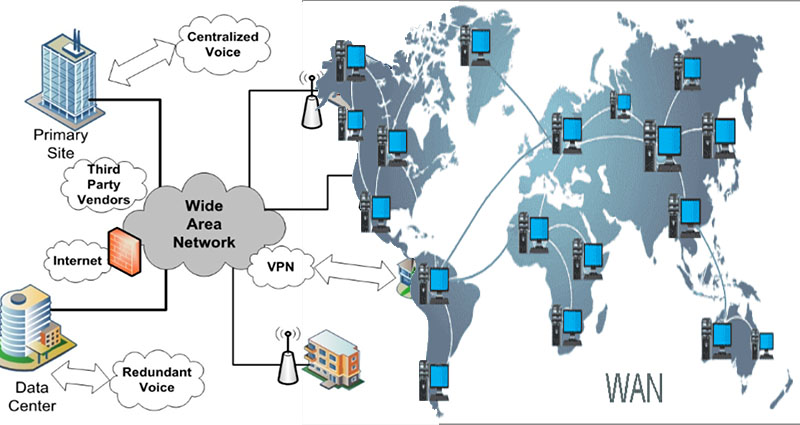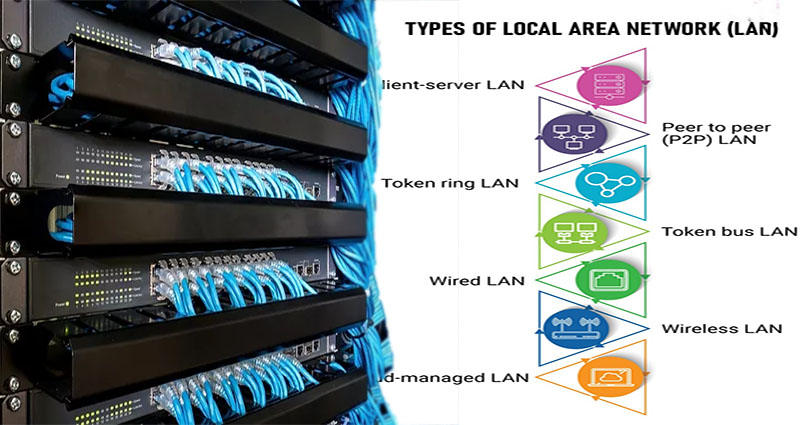Creating a Wide Area Network Example
A wide area network (WAN) is a telecommunication network used to connect computers. A wide area network typically contains smaller networks and is typically used in conjunction with packet switching or circuit switching. To create a WAN topology, first create a network diagram in ConceptDraw DIAGRAM. A network diagram helps you understand the underlying physical network. It is important to understand how each network type works and how it is organized.
WAN topology diagram
A WAN topology diagram displays the relationships between various nodes in a network. A network may consist of multiple hosts connected by cable or through a router. These networks are commonly used for computer networking and architecture. There are three basic types of WAN topologies: star, hub, and mesh. Each one requires different resources and additional efforts to operate. This article will introduce the different types of WAN topologies. A network diagram is a useful tool … Continue reading >>>









